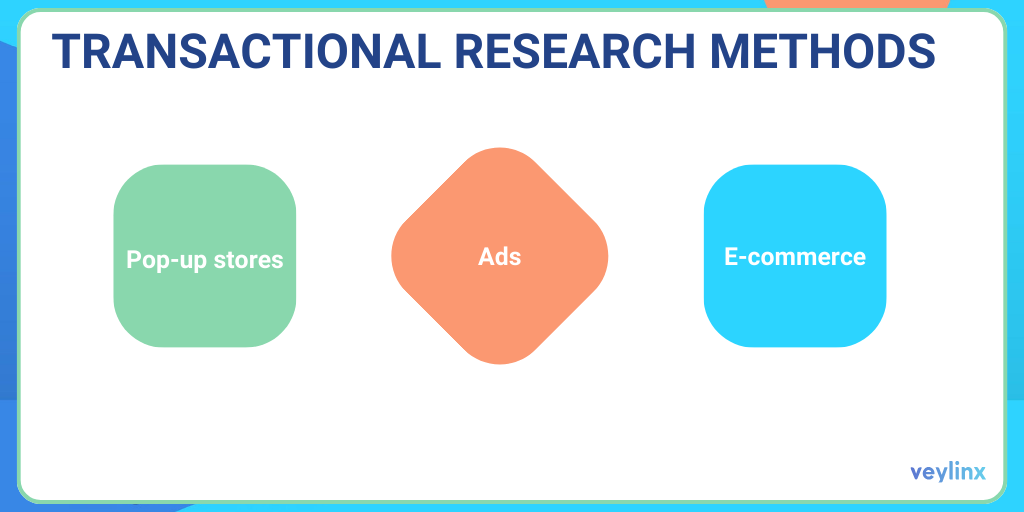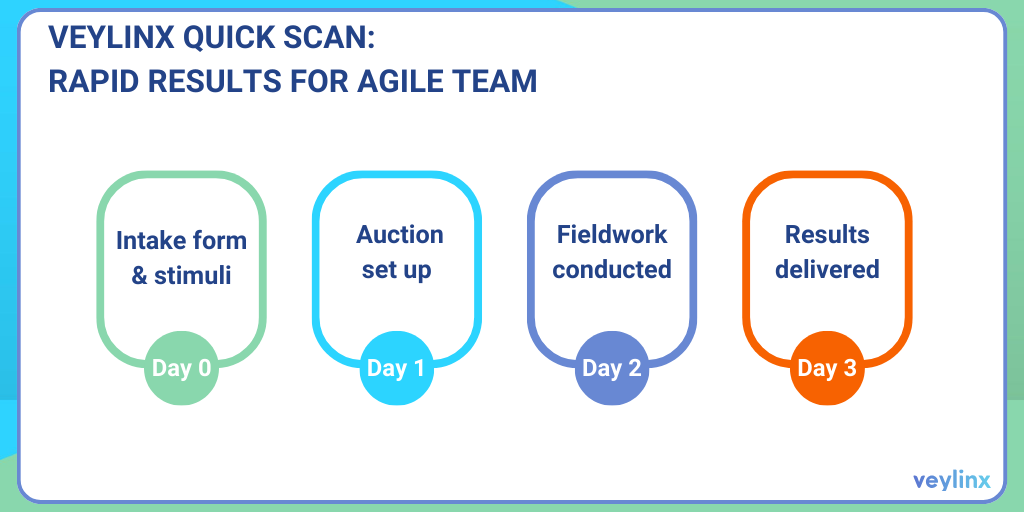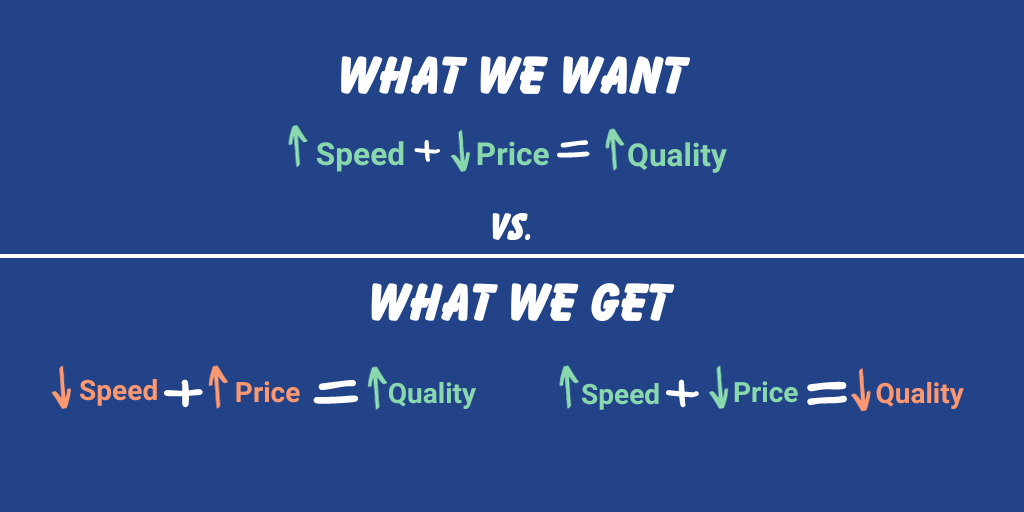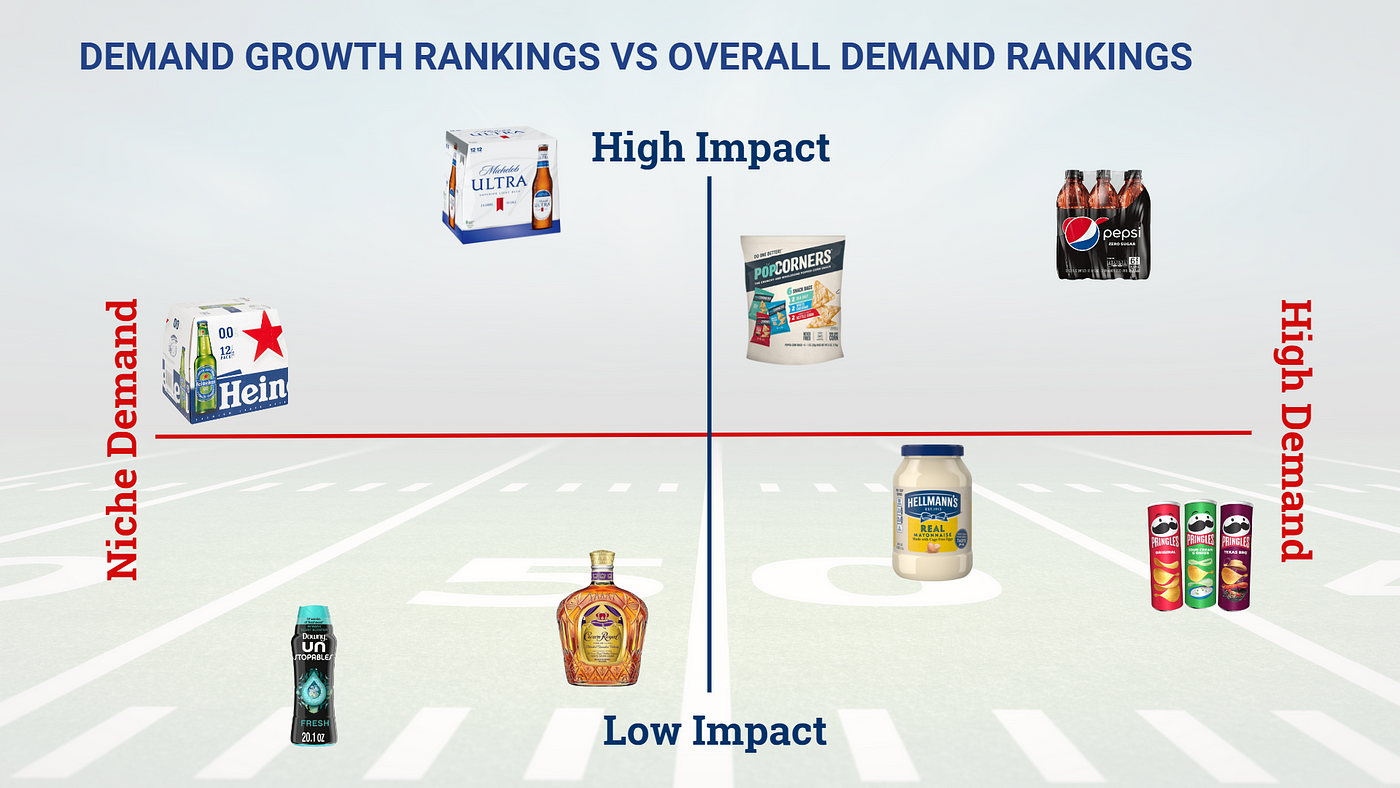Accelerating Market Research: The Combined Power of Agile & Transactional
Did you know that if you put all of last year's innovations into one grocery aisle, it would take twenty hours to walk that aisle?
The world is abundant with choices for consumers—and everything is at your fingertips through social media and e-commerce. The number of products that hit the market has accelerated in quantity and speed, but the family grocery basket has mostly stayed the same. An average family still purchases roughly 350 different SKUs annually, resulting in growing competition in the CPG world for a share of the basket. Accordingly, it has never been so important to understand consumer wants and needs and to do so with the speed of light.
Due to technological developments such as AI, OEM manufacturing, and e-commerce, consumers have all the information available online, and anyone can create a product and put it on the market without high investment costs. New technology has increased the number of products available and the speed with which they are being launched. Unsurprisingly, increased competition is forcing brands to look for new and different ways to do market research.
A new method had to fulfill a few requirements:
-
It has to offer human-centric learning. The research and results should aim to understand consumers' needs and wants.
-
Market researchers need to be able to optimize product innovations.
-
Lastly, research teams need to bring value to the market fast.
Agile research emerged as the leading new method by fulfilling these key priorities. According to the 2023 GRIT Insights practice report published by Greenbook, adoption of the agile research approach grew 58% between 2020 and 2022.
Agile research, when done right:
-
New products get to customers faster
-
Data is delivered quicker to support marketing and product development efforts
-
New business ideas find validation before crucial investments
-
Faster growth and innovation through market research
What are agile research principles?
For agile research to be "agile," researchers must create many small tests instead of few extensive and prolonged studies. Small tests deliver faster results, and costs can be kept low. Also, it makes the necessary evaluations from the team to understand which data is crucial since the team is limited in the study size.
Moreover, failing—especially failing fast—should be encouraged when testing concepts and ideas. If a new concept or idea does not show adequate market potential, it is best to eliminate it early or improve upon it before considering more significant investments.
Lastly, agile research should involve many iterations. It is essential to test the product, learn from the test results, improve, and repeat the process. This way, you and your team will use continuous consumer feedback to respond to the market's changing desires.
So far, agile research appears to be the perfect solution for fast-moving markets, as it focuses on understanding consumer needs and wants, and simultaneously delivers results quickly.
However, it is important to understand that even if agile research seems to fit today's demands, the methodology still has its flaws.
Pitfalls of Agile Research
Many disadvantages of agile research boil down to low data quality. When testing repeatedly, you can quickly adjust the concept based on the direct feedback you receive. However, the tradeoff for such rapid testing is often a reduction in data quality. Here are some common characteristics of agile research that can result in poor data quality:
-
Survey-based
-
Time pressure
-
Small sample sizes
-
Less desirable targeting
-
Poor survey setup
-
Mediocre reliability
Agile research presents a solution with increased research speed and lower costs but with a reduction in data quality. Despite this crucial flaw, the need for fast, human-centric research has led to its rapid growth and widespread use.
How can the issue of data quality be solved?
Transactional Research
Transactional research is nothing new. On the surface, it is as simple as putting a product into a test market and evaluating its potential based on consumer purchases. However, there is more than one way you can conduct transactional research. There are three primary ways to put your product to the test in the market.
The first way is through pop-up stores. This method is expensive and time-consuming but often yields the most accurate results. The second option is to use ads. Ads are easier to create than building an entire pop-up store, but still will cost you much more than a survey. Lastly, there is e-commerce. E-commerce can come in different forms, from selling product samples online to putting the product on a crowdfunding page like Kickstarter.
Transactional research solves the problem of data quality. However, there are some restrictions to this type of research. Transactional research is, in some ways, the opposite of agile research. It is usually slow and costly. If anything, it is used in the last stages of the innovation funnel, usually when the idea has been developed into a tangible product that can be put into the market for evaluation.

However, there is a fourth way: Veylinx
The Veylinx method yields transactional, behavioral research using the Vickrey auction—a Nobel prize-winning methodology for understanding consumer demand. Click here to learn more about how Veylinx's unique methodology works.
At Veylinx, we wanted to provide a solution that combines the best attributes of agile and transactional research. With this in mind, we recently launched Veylinx Quick Scan.
You and your team can have robust data at your fingertips in three days. So, how can you do it?
It starts with you giving the Veylinx team the necessary information and stimuli for the project. Once the Veylinx team has received the information, we set up an auction according to the Veylinx methodology. Next, fieldwork is conducted, and finally, on day three, you can access the study results on the Veylinx platform. Once you have done your first setup, it is easy to repeat the study by changing some elements to suit your team's needs. Simple, fast, and agile.

Veylinx Quick Scan can quickly test ideas, concepts, and prices.
Dive deeper into the Veylinx Quick Scan solution and check out the demo in this webinar recording.
Can't wait to try it out?
November 22, 2023




Comments